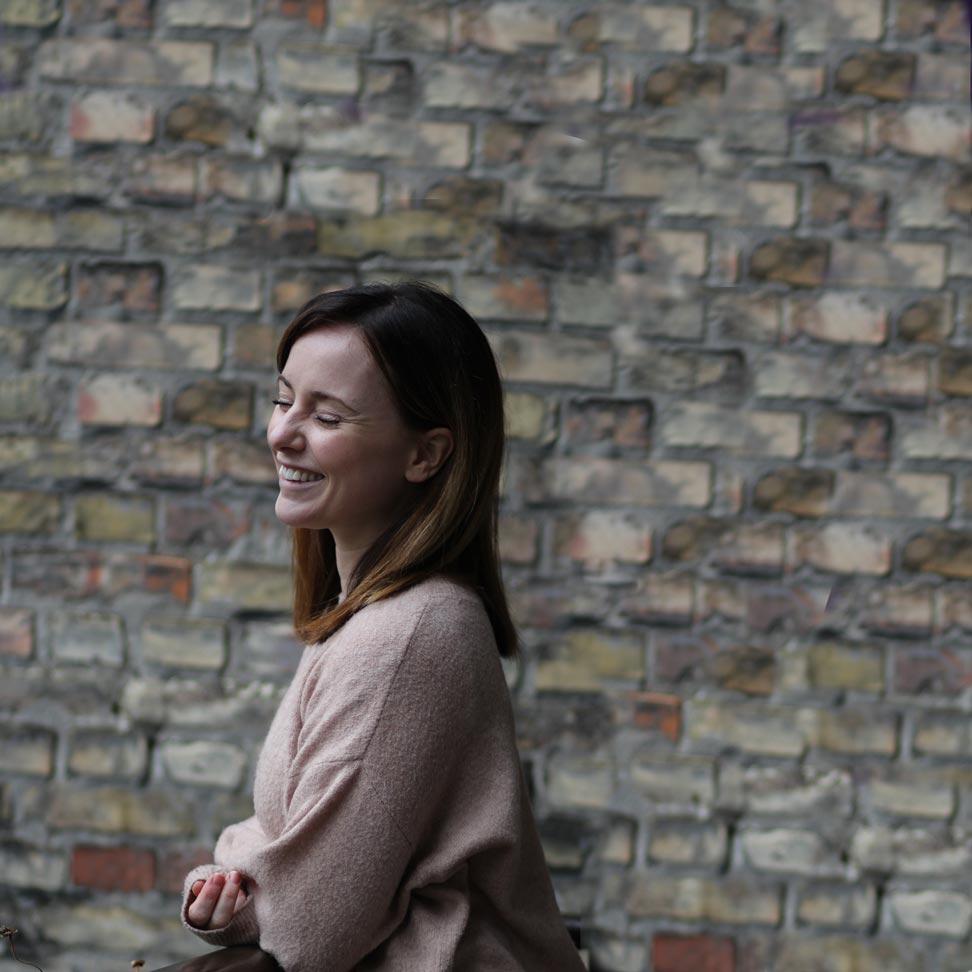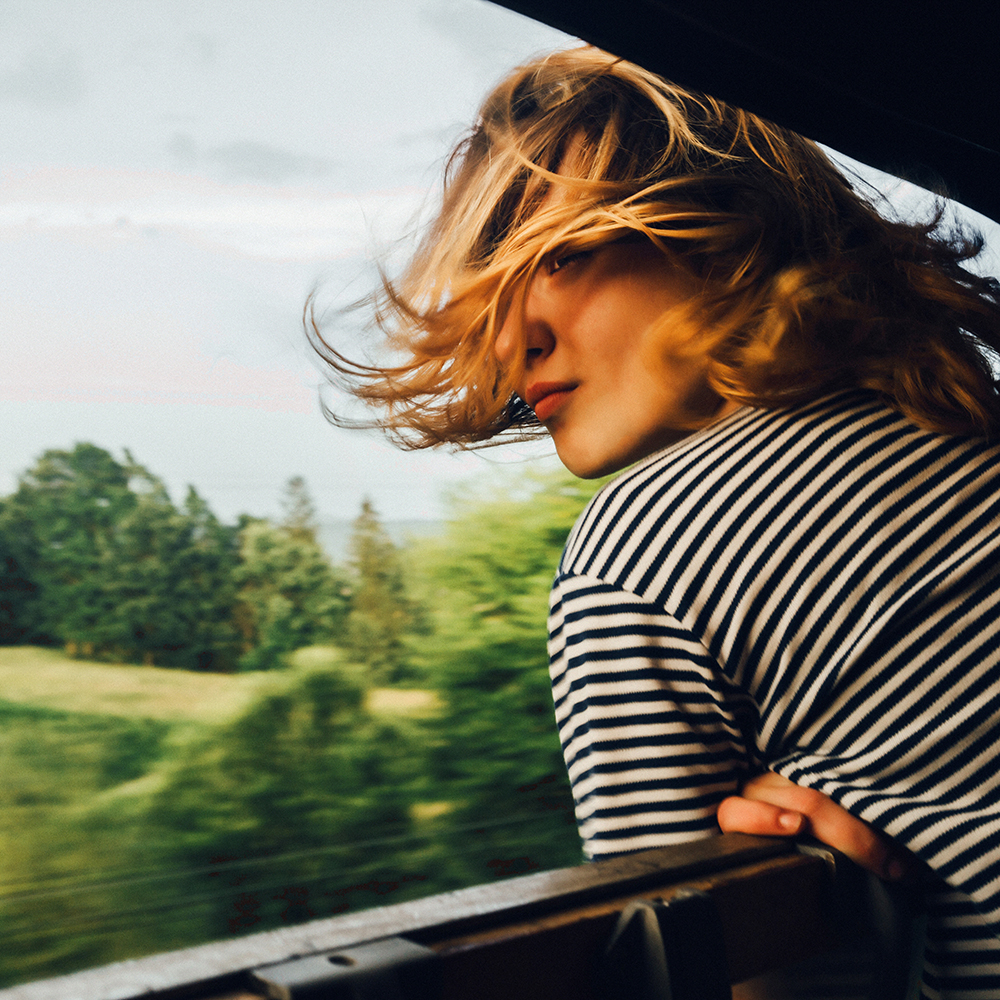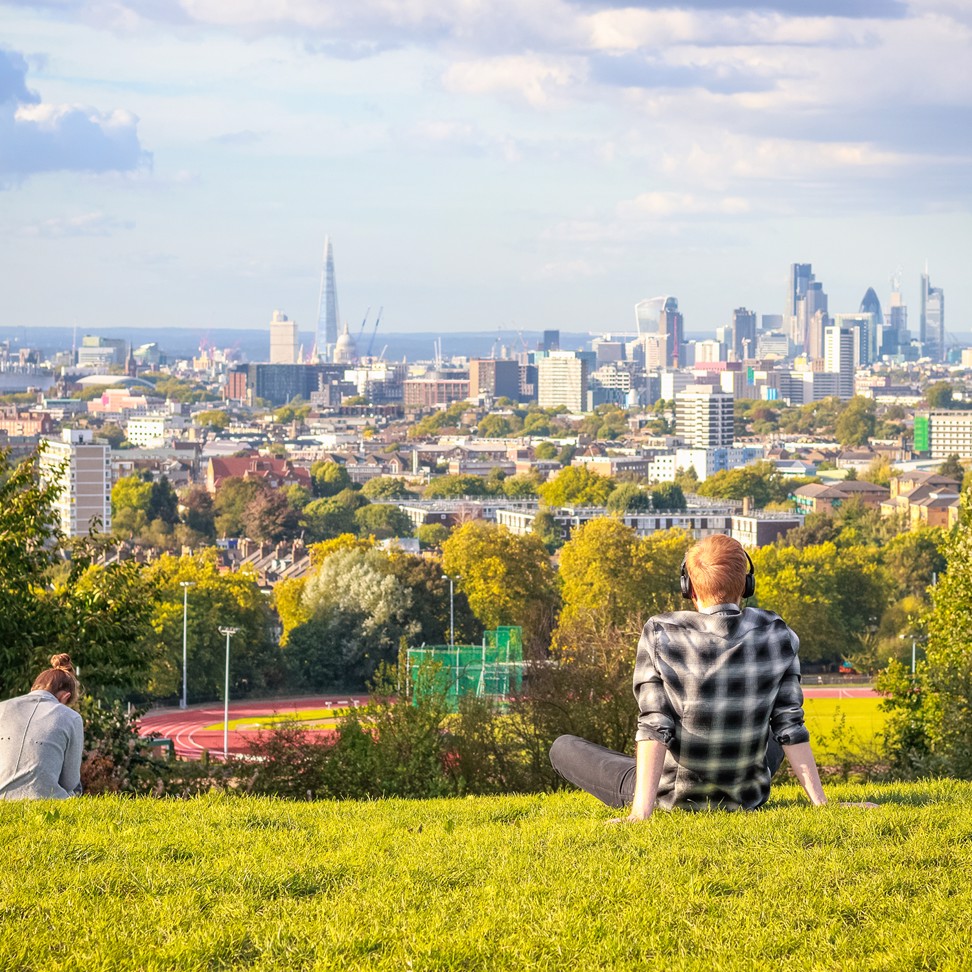With over 1,000 miles of maintained trails, a rich array of wildlife, and some seriously jaw-dropping scenery on offer, it’s no surprise that Banff is a Mecca for hikers. But even though this is the most visited park in Canada, Banff is so vast that you can easily find your own little patch of tranquility.
Immerse yourself in the wilderness of this UNESCO World Heritage Site, by taking one of the classic routes, or by exploring some of Banff’s unspoilt backcountry terrain. You can even take the scenic Icefields Parkway from Lake Louise into adjacent Jasper National Park. Just a short distance from Calgary, and perfectly set-up for hikers of every experience level, Banff never ceases to surprise you. Step into the Great Outdoors, and prepare to be amazed.
Why you should go hiking in Banff
Banff National Park is considered the hiking capital of Canada. There’s an incredible range of terrain here to suit any level of experience and fitness. Diverse landscapes, from crystal-clear lakes and snow-capped mountains to lush forest, glaciers and deep valleys, are home to a dazzling display of wildlife such as elk, wolves, bears and even the occasional caribou. A camera is one of the most indispensable pieces of kit in your backpack.
If you need a break from the nine-to-five, want to immerse yourself in nature and take in the crisp, fresh air, or to exercise amid breathtakingly beautiful scenery … Banff is the place.
Best time to go hiking in Banff
July to mid-September is usually considered the best time for hiking in Banff. The climate is warmer, and most trails are open. Until late June, many passes are still covered in snow and there is the risk of avalanche. From around early June, most tourist attractions such as lake boat tours begin to open, and will operate until mid-October.
If you’re visiting out of season, then stick to trails at lower elevations, or on the south-facing slopes near Banff town, as these should be less muddy. June is normally the wettest month in the Rockies, but it’s also one of the most attractive periods with flowers blooming and great wildlife-spotting opportunities. If you’re arranging car rental in Banff then remember some roads may be closed off in bad weather, and take into account changes in daylight hours.
Hotels in Banff are plentiful, from traditional log cabins close to the trail, to stylish modern apartment complexes with contemporary amenities in the centre of town. Naturally, peak season means more hikers on trails, along with higher accommodation and airfare prices, so you may want to look at shoulder seasons such as late-September to October. Though the weather is less predictable, it’s usually cooler and perfect for hiking, plus the autumnal scenery can be magnificent. Here’s a handy guide to average temperatures in Banff.
How to get to Banff
While there are several possible overland routes, most people get to Banff by flying into Calgary International Airport (YYC). Direct flights to Calgary are available from many major US and Canadian cities, such as Los Angeles, Vancouver, Newark, Chicago and San Francisco. Airlines that fly to Calgary include Air Canada, WestJet, United Airlines and Delta. From Calgary to Banff, it’s just a 90-mile transfer along Trans-Canada Highway AB-1W. There are several car rental offices at Calgary Airport, but you should always reserve your vehicle beforehand. Good thing, we’ve made that easy for you.
Best hiking trails in Banff
Banff has so much excellent hiking terrain, that you need to make the most of your time. Here’s a guide to some of the area’s most acclaimed hikes, many of which can be easily reached from Banff or Lake Louise.
Johnston Canyon
A low-adrenaline trail, partially catwalked, leads from Bow Valley Parkway to a tumbling waterfall in this eye-catching limestone canyon.
Length: 2 miles
Route: get directions here
Hoodoo Trail
Accessed from Surprise Point just outside Banff, this is an easygoing hike along a forested trail that affords some dreamy scenery, most notably the tall, slender spires of rock known as “hoodoos”.
Length: 6 miles
Route: get directions here
Iceberg Lake
Keep this one quiet, it’s a hidden gem. A moderate scramble above Bow Falls, and one best-suited to more experienced hikers, brings you to an incredible green lake overlooked by the monumental Bow Glacier.
Length: 10 miles
Route: get directions here
Sulphur Mountain Trail
An exhilarating uphill scramble brings you to the summit ridge and some splendid views over the Bow Valley. Reward yourselves afterwards with a soothing session in the hot springs.
Length: 3.5 miles
Route: get directions here
Plain of the Six Glaciers
This half-day hike surely ranks as among the most scenic in Banff. Follow the shoreline to the far end of Lake Louise, then ascend to admire sweeping vistas of the lake, glaciers and snowy mountaintops. Stop for refreshments at a charming little teahouse, before heading a mile further to a fine viewpoint on Victoria Glacier.
Length: 10 miles
Route: get directions here
Giant Steps
Watch the creek water cascade over the immense stone blocks known as the Giant Steps. This short trail, most attractive in late-summer, can be made into a loop by joining up with the Lake Annette Highline trail.
Length: 6 miles
Route: get directions here
Caldron Lake
One of the most popular day-hikes in Banff, this fairly strenuous walk offers striking views over Peyto Lake and the Wapta Icefield – you may also see the occasional mountain goat on your way to an inviting Alpine lake.
Length: 10 miles
Route: get directions here
What not to miss in Banff
Glacier Skywalk, Jasper
Guaranteed to get your pulse racing, this cliff-edge walkway leads to a glass observation platform 918m above the valley floor. Look up to see eagles soaring in the sky above, or down to plunging waterfalls in glacier-formed valleys.
Cave and Basin National Historic Site
Banff is the world’s third-oldest National Park. Its exhibits and displays commemorate the Canadian park system. You can see (and smell) thermal hot springs both inside the caves, and in a stunning emerald basin outside.
Bow Falls
One of the most famous landmarks in Banff, the Bow Falls are short and wide – their roaring rapids have featured in several Hollywood movies.
Hot Springs
Soak up the minerals – and the spectacular views – in a natural mineral bath by taking the gondola up to Banff Upper Hot Springs on Sulphur Mountain. The ideal way to soothe tired muscles and limbs after a long hike.
Tips
Being well-prepared is essential for any hiking trip. Hiking in Banff carries with it most of the same challenges it does anywhere else, with a few little extra ones to keep in mind.
- Always let someone know what route you’re taking, and what time you expect to arrive back.
- Carry snacks with you, and at least one liter of water.
- Weather in the mountains can change rapidly, so layer clothing and bring waterproof gear.
- A map is essential, and you should check here for trail closures before heading off. Be sure that your hike is appropriate for your abilities and fitness levels.
- Although they’re usually pretty shy, you might encounter deer or elk, and it’s best to keep well clear of them. Black bears and grizzly bears are regularly seen in Banff – carry bear spray with you at all times, make noise as you walk, and alert park staff to any sightings.
- It’s an old adage, but it still rings true: take only photographs, leave only footprints.




